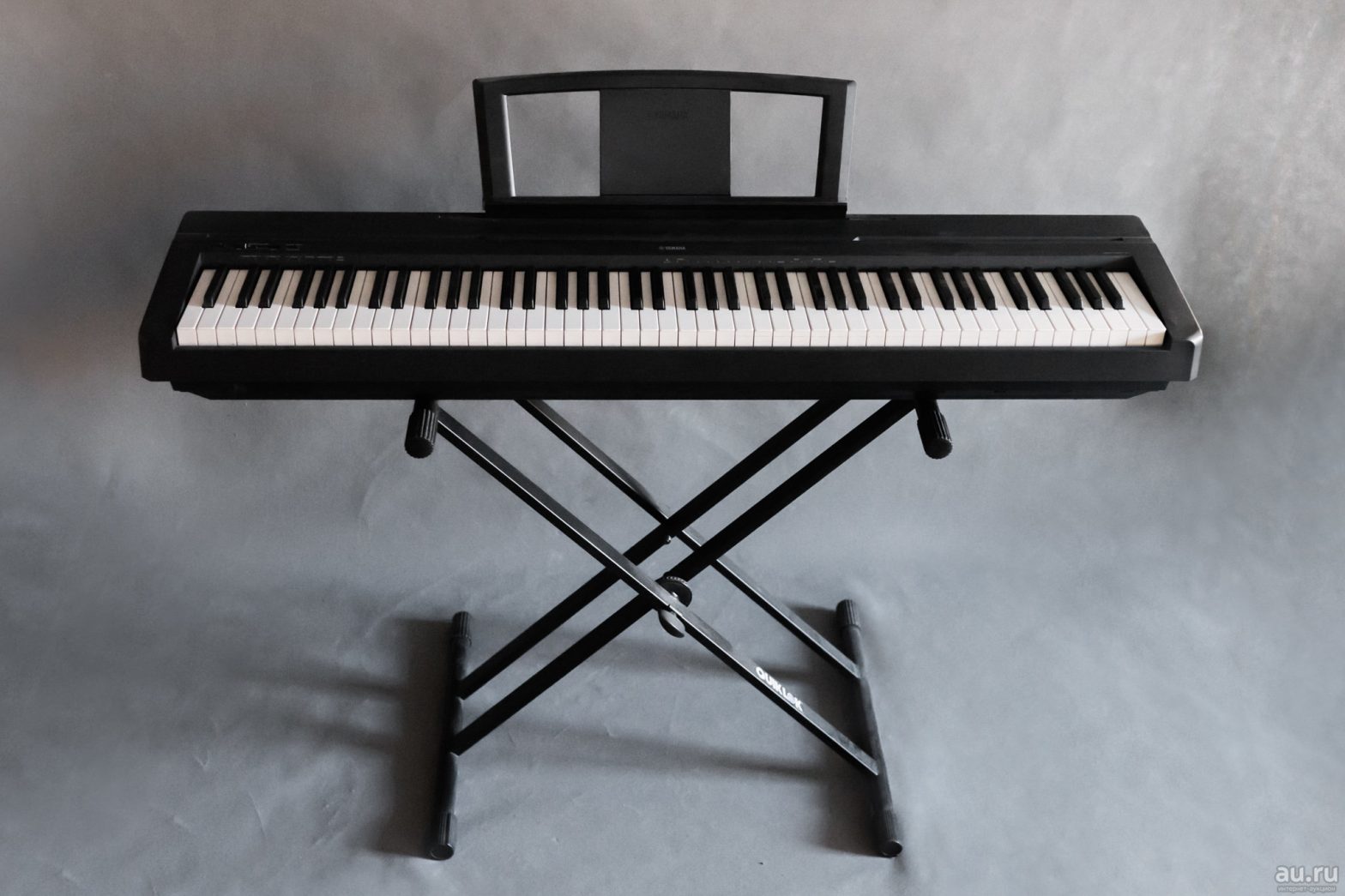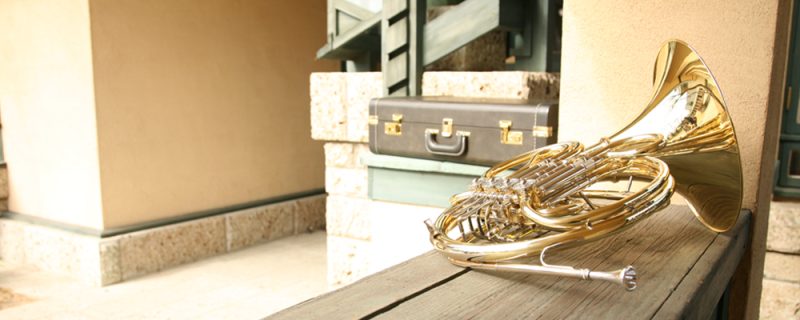You may be wondering how you’re going to keep a piano looking as glossy and beautiful as the first time you saw it in your living room. You’re probably asking yourself, “how do I clean this thing without damaging its sensitive parts?” In this article, we will answer some of your questions about how to put your piano always in top shape. Let’s start.
HOW TO CLEAN
1. There are many ways to clean a piano, depending on the level of dust and dirt it has. If you can see some light dust accumulating at the top of your keyboard, wiping it off with a good old feather dustermight do the trick.
You can also use a soft cloth to wipe off the dust. You don’t have to buy a brand new rag just to do this. Why not use an old t-shirt for cleaning? Just make sure that you get rid of the embellishments and rough edges that might be too abrasive for your piano. It may also be necessary for you to cut out the seams of the shirt, so they’re smooth to rub against the piano. If you still see dirt accumulating on your piano top, consider the next step as the remedy.
2. This next step will require you to mix a solution of water and liquid detergent in an empty spritzer or spray bottle. If you don’t have a spray bottle at home, you can recycle the old spray bottles you have in your toiletries cabinet. Just make sure that there were no toxic or harmful chemicals in the used bottle you’re using. The harsh solvent may be too much to use for your piano and may ruin its natural sheen that makes it look elegant. You can also just go to your nearest department store and buy a brand new empty water bottle. Home-goods shops are also selling spray bottles of various size.
To get the right mixture, make sure you put a little amount of liquid detergent in your bottle first. Then, fill the remaining space with water. A good amount for this would be around two tablespoons of liquid detergent and around five tablespoons of water. Give the mixture in the bottle a good shake, and you’re now ready to use it to clean the hard-to-remove debris off your piano!
3. To clean the piano keys, just make sure you wipe them off each end. You should also remember not to directly spray the liquid mixture you prepared to the piano. Instead, gently spray some amount on the used clothing or rag that you had in the first step. Make sure that the rag is slightly damp before you use it. The dampness of the cloth will allow you to wipe the piano softly and evenly.
It’s also important to start at the other end first of the piano keys and reach the opposite end, instead of randomly wiping off the keys. Sometimes the dirt in the keys are hard to remove, so it may be necessary to repeat wiping off the stubborn and sticky spots repeatedly. You should also remember that wiping across the piano’s keyboard may move the dust and dirt into the keys, making it harder to clean. The dirt that gets stuck in between the keys will also result in “sticky keys” , which is the term used to describe the dirt that will never go down even after pressing them or won’t even come up after releasing them.
It’s also necessary to make sure that you clean batches of keys instead of running from one end to the other in one single motion. This way, you won’t be spreading the dirt from one end to the other. You should also remember that you don’t need any special treatment or mixture to use for the black and white keys. They’re basically the same regarding their sensitivity to detergent water. When you’re cleaning each key, you should also remember not to push the dirt into the area in between each key, because that will only add more dirt inside the piano’s keys.

4. Continue doing the cleaning for all the batches of the keys in small groups. Once you’re done with the tops of the keys, proceed to clean the fronts, which are the small white squares that you see when you’re looking at the piano from afar. You need to clean them because the dirt and grime in them could be very unsightly. You can clean these parts with the same detergent and water solution. Again, you should avoid wiping across the keys’ fronts because doing so would get the dirt in the tiny space in between the keys.
After doing all these steps, your piano is already spic and span. Do this probably twice a month, depending on how much you’re using your piano.







